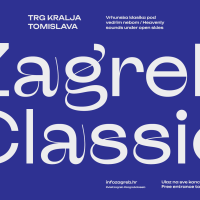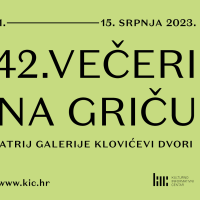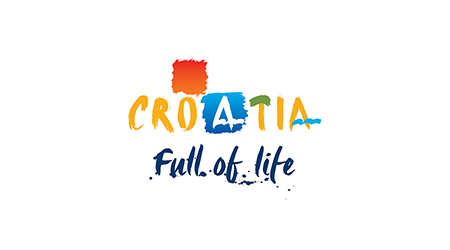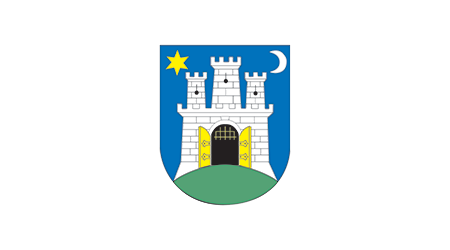Representative exhibit of antique collections
A collection of Greek painted vases and exceptionally valuable monuments from the time of Greek colonization of the eastern Adriatic, as well as weapons of Roman origin have been put together in a new permanent exhibition of antique collections in the Archeological Museum.
 A representative exhibit from the antique period is presented in three new rooms that have been set up as part of a permanent exhibition in the Archeological Museum. This is one of the richest collections from the museum's funds. The newly opened area will present selected exhibits from the rich collection of Greek painted vases, valuable monuments from the period of Greek colonization of the eastern Adriatic, as well as Roman weapons and equipment.
A representative exhibit from the antique period is presented in three new rooms that have been set up as part of a permanent exhibition in the Archeological Museum. This is one of the richest collections from the museum's funds. The newly opened area will present selected exhibits from the rich collection of Greek painted vases, valuable monuments from the period of Greek colonization of the eastern Adriatic, as well as Roman weapons and equipment.
The vases date back to a period between the 8th and 2nd century BC and the painted scenes depicted on them provide a host of information about the way of life, characteristics, and religious customs. Also, the shape of each vase informs us about what it was used for. Besides being used in everyday activities for storing liquids, women also used the vases for the safe keeping of various cosmetic preparations. The Archeological Museum has at its disposal one of the biggest collections of vases in this area, in which there are 1500 items from various style periods.
In addition to the painted vases, the newly opened antique collection also presents the most valuable artifacts in the Archeological Museum's possession, which have attracted the attention of experts, as well as the general public. Among the items exhibited you can find the trophy monument from Stari Grad on Hvar, which is believed to be the oldest public inscription in existence in this region, as well as a variety of portraits from tombstones, such as the original “Cyprus head”, etc. In that area of the museum you can also view the famous “Psephisma of Lumbarda”, most certainly one of the most important antique monuments in the Archeological Museum's collection, a witness to the way the cities were developed, the urbanization and the Greek presence in this region. Along with the rare monuments, this new area also displays the most attractive Roman weapons and equipment used in battles during the campaign to conquer Pannonia.
Published: 04.03.2009
 Hrvatski
Hrvatski English
English Deutsch
Deutsch Spanish
Spanish French
French Italian
Italian Russian
Russian Korean
Korean Japanese
Japanese Chinese
Chinese A representative exhibit from the antique period is presented in three new rooms that have been set up as part of a permanent exhibition in the Archeological Museum. This is one of the richest collections from the museum's funds. The newly opened area will present selected exhibits from the rich collection of Greek painted vases, valuable monuments from the period of Greek colonization of the eastern Adriatic, as well as Roman weapons and equipment.
A representative exhibit from the antique period is presented in three new rooms that have been set up as part of a permanent exhibition in the Archeological Museum. This is one of the richest collections from the museum's funds. The newly opened area will present selected exhibits from the rich collection of Greek painted vases, valuable monuments from the period of Greek colonization of the eastern Adriatic, as well as Roman weapons and equipment. 









